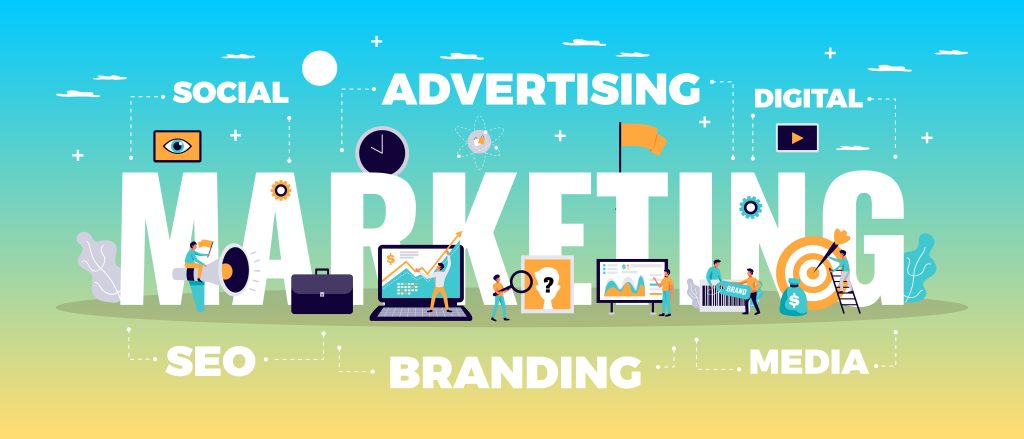The Future of Printing: Trends and Innovations Moving the Industry Forward
Today, the printing industry faces constant evolution, keeping pace with the modern digital world by entrenching itself in newer technologies and sustainable solutions. With this trend, there exists a number of other trends and innovations molding the next level of printing.
1. Advances in Digital Printing
Digital printing has made great opportunities in speedy production, greater cost-effectiveness, and excellent output quality; thus, it has fast-acquired its rightful position in the printing industry. Short-run and on-demand printing become easy under digital printing since production plates do not constellate a part of the process as in traditional offset printing. Meaning, introduction of newer inkjet and laser printing advancements makes greater color imprecision, resolution, and speed.
2. 3D Printing and Additive Manufacturing
Very simply, 3D printing is one of the revolutionary inventions in the printing technology. It allows layer-by-layer production of complex structures, a phenomenon that pushes its application beyond prototyping. Now healthcare, automotive, and aerospace industries are adopting 3D printing to manufacture tailor-made implants, spare parts, and even entire buildings.
3. Sustainable and Eco-Friendly Printing
Increasing environmental concerns have triggered a movement toward more eco-friendly practices in the printing industry. Soy-based inks, biodegradable toners, and even recycled paper are more common now. These printing technologies and energy-efficient computer applications focus on reducing business waste in an attempt to make a modest in-road into carbon footprint reduction.
4. Smart and Connected Printing
With the rise of IoT, now, smart printers with cloud connectivity, automated workflows, and remote monitoring have emerged. Consequently, these changes aid businesses in optimization, minimizing downtimes while boosting secure working environments. Intelligent analysis through artificial capabilities also improves operational efficiency by going a step further in predicting the machine’s maintenance needs.
5. Customization and Personalization
This urge for consumer experience personalization is driving variable data printing (VDP) growth. From custom packages to individualized marketing materials, the newest digital printing techniques allow firms to create unique content targeted to their audiences. This activity is more specifically being seen in e-commerce, advertisements, and direct mail marketing.
6. Hybrid Printing Technologies
A hybrid of traditional and digital printing technologies is gaining ground. Hybrid printing provides flexibility that enables integrating the mass production efficiency of offset with the customization of digital. Bridging this trend is somewhat of a halfway point between the established and the new.
Conclusion
Printing as a future entity is dynamic and increasingly witnesses new advancements that continuously shape its practice. Starting from sustainable printing solutions to smart AI-powered printers, the landscape is now experiencing transformation to suit the present market needs. As technology progresses, businesses will, therefore, be conceivably expected to follow these trends for survival.





